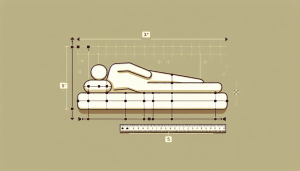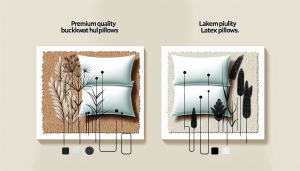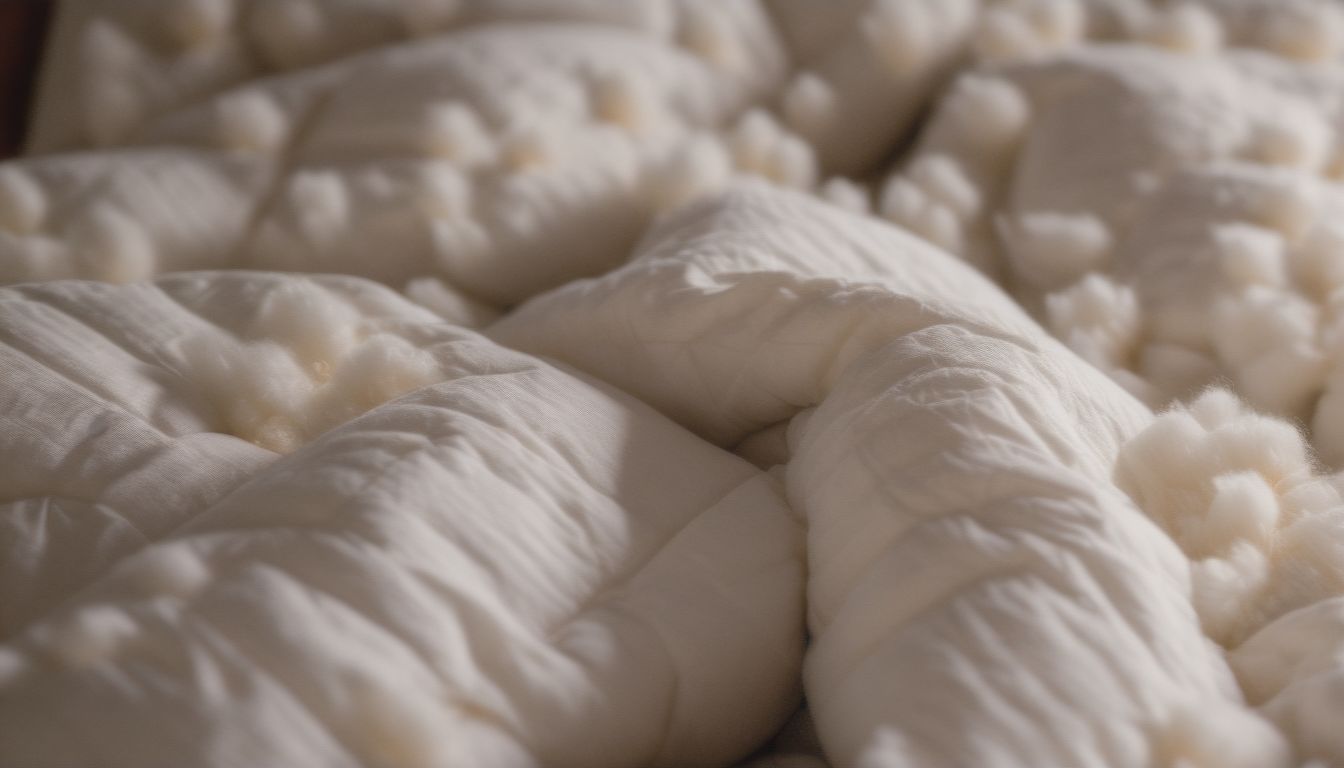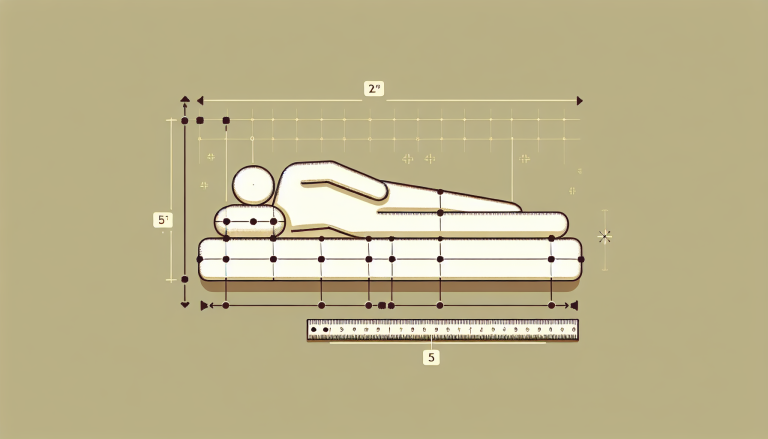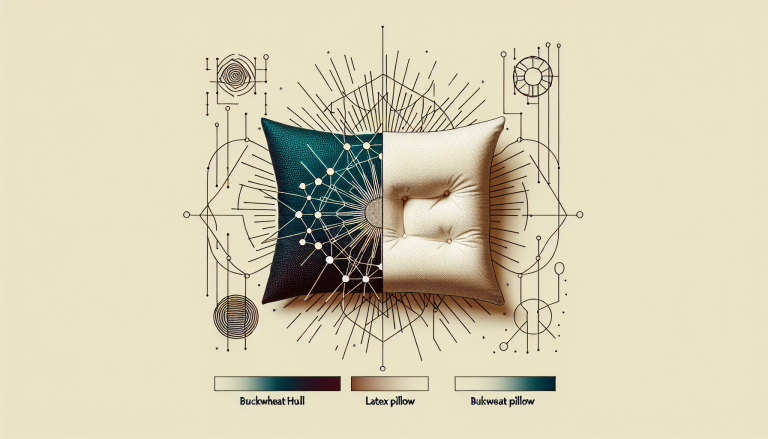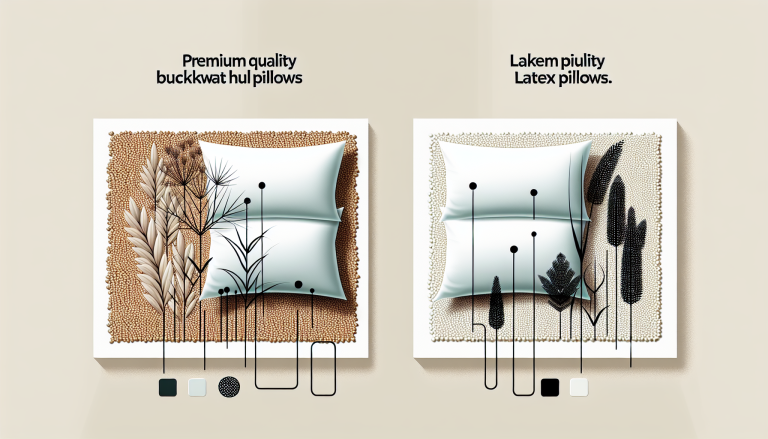Are you on the hunt for a luxuriously cozy and insulating down comforter? With so many options available, it can be overwhelming to know where to start. From fill power and construction to warmth levels and care, there are numerous factors to consider. In this comprehensive guide, we’ll break down everything you need to know to find the perfect down comforter for your sleep needs and preferences. Let’s dive in!
Understanding Down Fill
The type and quality of down fill is one of the most important aspects of a comforter. Here’s what you should know:
Fill Power
Fill power measures the loft or fluffiness of the down. Higher fill powers (600+) indicate better quality down that is more insulating and longer lasting. Lower fill powers (400-500) still provide warmth but may not be as fluffy or durable.
Goose Down vs Duck Down
Goose down is generally considered the premium option. It comes from more mature birds and has larger down clusters for maximum loft. Duck down, while still soft and insulating, comes from smaller, younger birds resulting in slightly less loft. However, high-quality duck down can be comparable to low-quality goose down.
Ethically Sourced Down
Look for certifications like the Responsible Down Standard (RDS) to ensure the down was sourced humanely without live-plucking or force-feeding. Many brands now use recycled down as an eco-friendly alternative.
Insulation and Warmth
Higher fill powers provide greater insulation and warmth for the same amount of down. The distribution of down also impacts warmth – baffle box construction keeps the down evenly spread for consistent insulation.
Duvet Construction
The way a duvet is constructed affects its loft, durability, and overall comfort. Key elements include:
Baffle Box Design
Baffle box stitching creates 3D walls between the top and bottom layers of fabric. This allows the down to fully loft and eliminates cold spots. It’s a mark of high-quality construction compared to sewn-through stitching.
Stitching and Loft
Double-stitched seams and reinforced corners help prevent down from escaping through the shell. Higher-lofting comforters may have more stitching to keep the fill in place.
Weight and Noise Level
Heavier comforters with more fill may feel more substantial. However, the shell material also affects weight. Some comforters have a light rustling noise when shifting, which bothers some sleepers.
Shell Material and Thread Count
Look for a 100% cotton shell with a high thread count (300+) for the best softness and breathability. Avoid downproof fabrics with very tight weaves that can inhibit loft. Some high-end comforters use silk or eucalyptus-derived materials.
Choosing the Right Warmth Level
Down comforters come in a range of warmth options to suit different seasons and sleep preferences.
| Warmth Level | Typical Fill Power | Best For |
|---|---|---|
| Light | 400-500 | Hot sleepers, summer |
| All-Season | 500-600 | Year-round use in most climates |
| Extra Warm | 600-800+ | Cold sleepers, winter |
All-Season vs Seasonal
All-season comforters have a mid-range fill power suitable for most of the year, especially in moderate climates. Seasonal options let you have a lighter comforter for summer and a heavier one for winter.
Couples vs Single Sleepers
If you sleep with a partner, you may want to size up to a king comforter for maximum coverage. Some brands offer split-warmth duvets with one side warmer than the other to accommodate couples with different preferences.
Temperature Regulation
Look for breathable shells made from cotton or other natural fibers. Some brands use moisture-wicking fabrics or cooling technology to prevent overheating.
Fluffiness and Softness
The overall feel of a down comforter comes from both the fill and shell.
Loft and Fluffiness
Higher fill powers and baffle box construction create a loftier, fluffier feel. The comforter will have more bounce-back when you lay on it. Lower fill powers or sewn-through designs may flatten more easily.
Softness of Materials
The shell fabric should feel smooth and supple, not stiff or crinkly. Cotton sateen and cotton cambric are popular options known for softness.
Breathability
Down is naturally breathable, but the shell fabric choice also impacts air circulation. Breathable comforters allow air and moisture to pass through, preventing a stuffy feel.
Lightweight Feel
Despite their warmth, down comforters have an airy, cloud-like feel thanks to down’s insulating loft. The comforter drapes nicely over your body without feeling heavy.
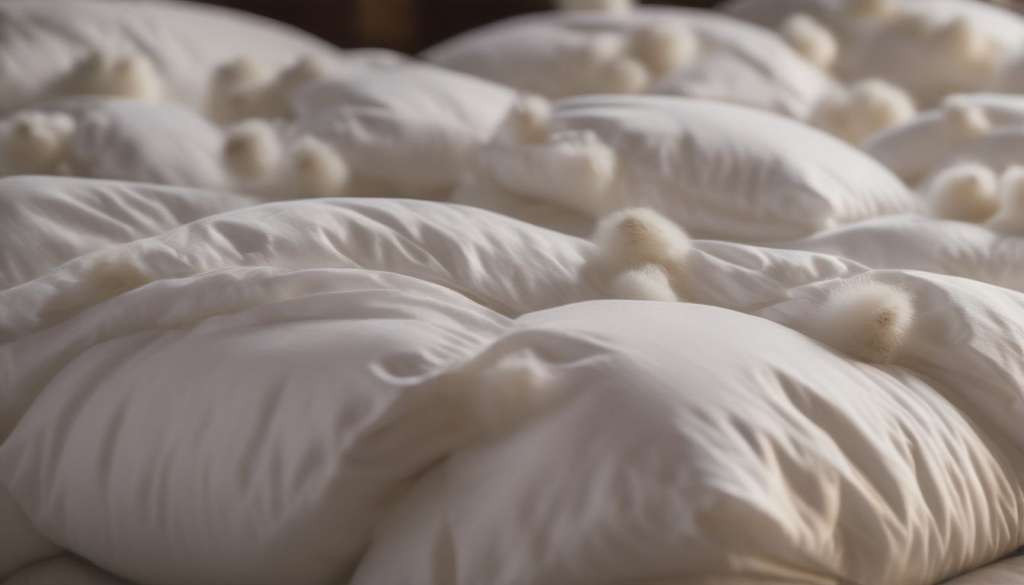
Duvet Covers
While optional, many people use a duvet cover over their comforter. Covers provide several benefits:
- Protection from dirt, dust, and spills
- Easy cleaning – just remove and wash cover
- Ability to change style/color of bedding
- Added softness
Look for covers with corner ties to keep the insert in place, and size up if in doubt for a good fit.
Care and Maintenance
With proper care, a quality down comforter can last 10+ years. Always follow the manufacturer’s care instructions, but here are some general tips:
Washing
Use a gentle cycle with mild detergent and an extra rinse cycle. Wash alone or with a few tennis balls to prevent clumping. Only wash every 2-3 years unless soiled.
Drying
Dry on low heat with clean tennis balls to break up clumps and restore loft. It may take a few cycles to dry fully. Avoid high heat which can scorch the down.
Storage
Store in a breathable cotton bag, not a plastic container. Avoid compression, which can damage the delicate down clusters.
Budgeting for a Down Comforter
Down comforters are available across a wide price range from under $100 to over $1000. Factors that influence price include:
- Fill power
- Down type (goose vs duck)
- Shell material
- Construction (baffle box vs sewn-through)
- Brand reputation
In general, expect to pay at least $200 for a decent all-season comforter with 550-600 fill power. Luxury options with 700+ fill power and premium shells can easily cost $500+. Here are some well-reviewed options at different price points:
| Price Range | Recommended Option | Fill Power |
|---|---|---|
| Under $150 | Brooklinen Down Alternative | Recycled PET |
| $150 – $300 | L.L. Bean Baffle-Box Stitch Down | 600 |
| $300 – $600 | Feathered Friends Bavarian | 700 |
| Over $600 | Pacific Coast Luxury Pyrenees | 650 + Hyperclean |
Sustainable and Ethical Down
The down industry has faced criticism over animal welfare concerns and environmental impact. However, many brands now prioritize sustainability and transparency. Some things to look for:
- Responsible Down Standard (RDS) certification
- Global Traceable Down Standard (TDS)
- Recycled down or down alternative fills
- OEKO-TEX certified shells (free of harmful chemicals)
Making Your Final Decision
With so many factors to consider, it’s important to prioritize what matters most for your needs and budget. Here’s a quick summary of key considerations:
- Determine your ideal warmth level based on your climate and sleep style
- Decide on your budget and target fill power based on your priorities
- Choose the right size for your bed and number of sleepers
- Look for quality construction like baffle box stitching and double-stitched seams
- Opt for a soft, breathable 100% cotton shell if possible
- Consider ethical sourcing and sustainability if those align with your values
- Read reviews from both customers and bedding experts for trusted feedback
- Check the care instructions to make sure you can follow them
- Familiarize yourself with the return policy in case the comforter isn’t a good fit
By weighing these different factors, you’ll be well equipped to find the perfect down comforter for a great night’s sleep. Remember, investing in a quality product that matches your preferences will pay off in years of comfort and coziness.

Frequently Asked Questions
What is the best fill power for a warm, insulating down comforter?
For maximum warmth and insulation, look for comforters with a fill power of 600 or higher. These provide excellent loft and temperature regulation for cold climates or winter use. However, if you sleep hot or live in a mild climate, a lower fill power of 400-500 may be more comfortable.
Is goose down or duck down better for a comforter?
In general, goose down is considered the premium option thanks to its larger down clusters and better loft. However, high-quality duck down can be just as soft and insulating. The most important factor is to choose responsibly sourced, clean down from a reputable brand.
What’s the difference between baffle box construction and sewn-through?
Baffle box stitching creates three-dimensional walls between the top and bottom layers of the comforter, allowing the down to fully loft and eliminating cold spots. This construction is a mark of high quality. Sewn-through stitching simply joins the top and bottom layers, which can lead to uneven fill distribution and flattening over time.
How do I choose the right warmth level for my down comforter?
Consider your climate, sleep preferences, and whether you’ll use the comforter year-round or seasonally. A lightweight comforter with a lower fill power is best for hot sleepers or summer use, while a heavyweight option with 600+ fill power is ideal for cold sleepers or chilly winters. Many people opt for a versatile all-season weight as a happy medium.
What’s the best shell material for a down comforter?
Look for a 100% cotton shell with a thread count of 300 or higher. Cotton is soft, breathable, and helps regulate temperature for a comfortable sleep. Some high-end comforters use silk or eucalyptus fibers for a luxuriously smooth feel. Avoid synthetic materials that can trap heat and inhibit the down’s loft.
How do I keep my down comforter fluffy and clean?
Shake out your comforter every morning to redistribute the down and maintain loft. Spot clean any spills or stains, and wash your comforter every 1-2 years following the manufacturer’s instructions (usually on a gentle cycle with mild detergent). Dry on low heat with wool dryer balls to prevent clumping. Store in a breathable fabric bag when not in use.
Are down alternative comforters as warm and lightweight as real down?
Down alternative comforters are made with synthetic fills like polyester or rayon that mimic the insulating properties of down. While they can be effective at providing warmth, they generally don’t have quite the same loft, fluffiness, and temperature-regulating abilities as real down. However, down alternative is a good choice for those with allergies or who prefer to avoid animal products. Some newer down alternatives like PrimaLoft come close to replicating the feel of authentic down.

